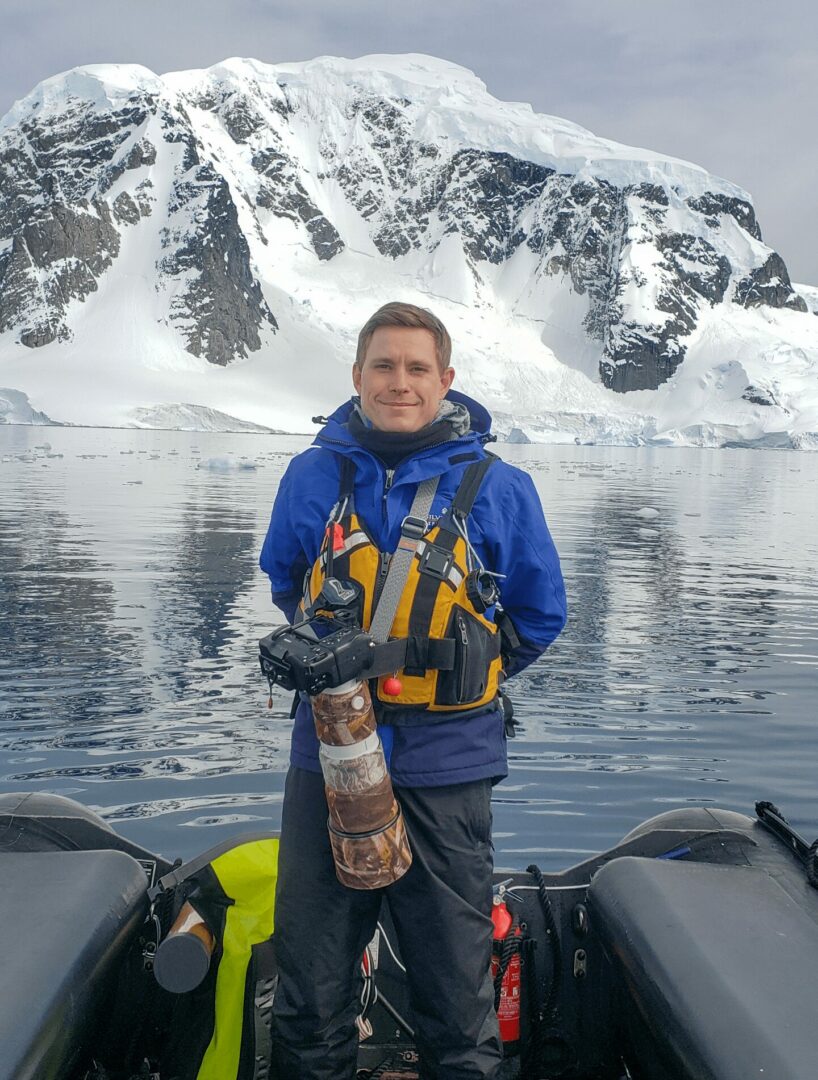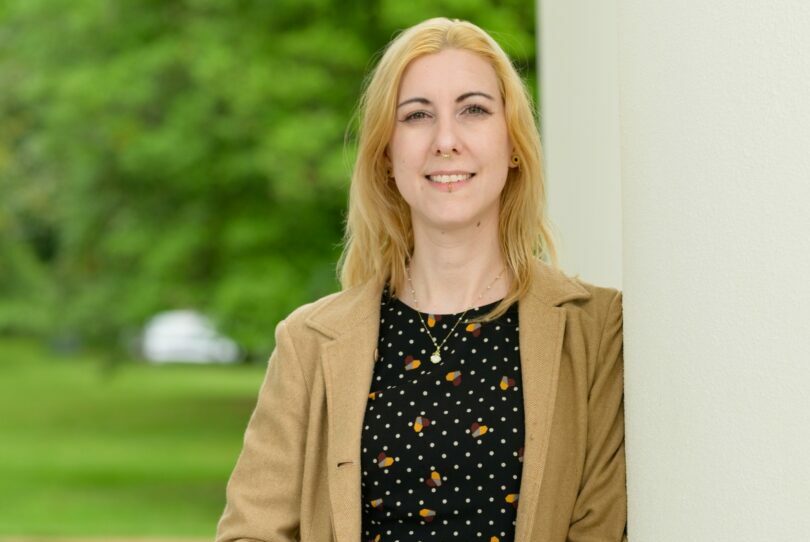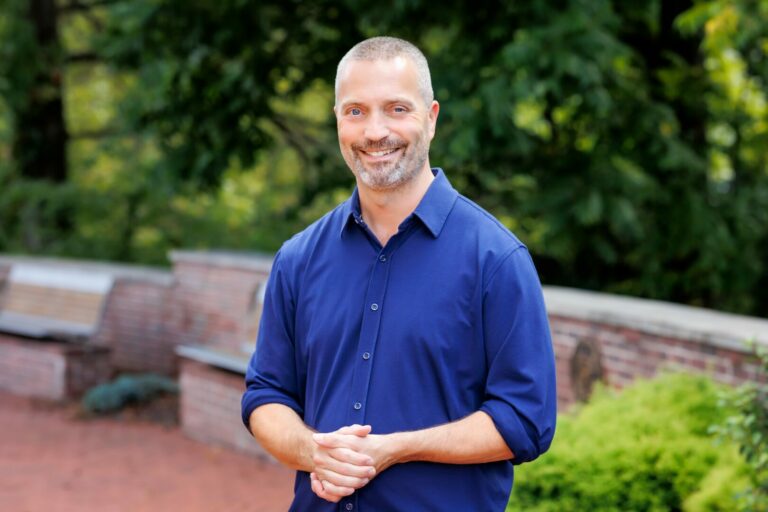Brian Doyle shared their story and experiences with us recently and you can find our conversation below.
Brian, a huge thanks to you for investing the time to share your wisdom with those who are seeking it. We think it’s so important for us to share stories with our neighbors, friends and community because knowledge multiples when we share with each other. Let’s jump in: What do you think is misunderstood about your business?
When I started my career, I didn’t realize just how many layers my business would have. Today, my work falls into three main areas: first, serving as an expedition guide and photography instructor; second, selling handmade metal prints at fine art shows around the world; and third, taking on photography assignments for companies—covering campaigns, events, and social media projects.
In my most recent interview with Canvas Rebel https://canvasrebel.com/meet-brian-doyle/, I discussed my work as both an expedition guide and a photography instructor, as well as my commercial photography gigs. However, the most challenging and often misunderstood part of my business is selling handmade metal prints at fine art shows.
What does selling at fine art shows really look like? Selling at fine art shows means directly engaging with potential buyers in a live setting—explaining my work, building connections, gathering market insights, and closing sales through meaningful, in-person interactions. Preparation is key. Each event requires a carefully designed booth that stands out, a strong collection of original artwork, and a range of price points to appeal to both serious collectors and casual buyers.
My typical setup is a 10×10-foot booth made of metal poles and canvas walls. I display large 30×40-inch and bigger metal prints on the walls, while smaller 16×20-inch prints are organized in bins along the sides for easy browsing.
What is a juried fine art show? A juried fine art show is an exhibition where artists submit their work to be reviewed by a panel of judges—often experienced artists, curators, or art professionals. The jurors evaluate each submission based on creativity, technique, and overall impact. Only the highest-quality work is accepted, which ensures a high standard across the event and provides artists with valuable exposure and recognition.
The selection process usually includes several steps:
Call for Art: Organizers announce the show and invite submissions based on specific guidelines.
1. Blind Judging: Jurors review the work anonymously to maintain fairness.
2. Notification: Accepted artists are informed and must deliver their work to the venue.
3. Curation: Organizers arrange the selected pieces into an engaging, cohesive exhibition.
4. Awards and Reception: Some shows offer prizes and host public receptions to foster artist–audience interaction.
Participating in art shows requires a financial investment. Application fees typically range around $40 per show, and booth fees can cost anywhere from $400 to $2,500. Once you factor in travel, lodging, transportation, and production expenses, the costs add up quickly.
In many ways, it can feel like being a professional gambler. You never really know how successful a particular show will be—some weekends you sell out, while others you may barely break even. Every year is different. For example, two of my best-performing shows last year turned into my lowest sales this year—one dropped to just 18% of its previous revenue, and I wasn’t even invited back to the other.
Despite the unpredictability, there’s an art to balancing how many shows you commit to. I typically attend 12 to 16 per year, though some artists travel to as many as 30 to 40. Since most events run over weekends, that means being on the road for much of the year—driving thousands of miles, setting up displays, and creating new work between shows. It’s exhausting at times, but also incredibly rewarding.
Selling in person gives me the opportunity to meet collectors face-to-face, share my story, and connect with people who truly value the work. It’s inspiring to see someone fall in love with a piece and know it will hang in their home, business, or corporate space.
When I first started, I was amazed that someone would pay $50 to $695 for one of my prints. Now, I have clients purchasing large-scale pieces and multiple works for thousands of dollars. Watching my art grow in value and reach is deeply fulfilling.
That said, this line of work isn’t for everyone. It’s not a steady 9-to-5 job, and it certainly doesn’t involve sitting behind a desk all day. It requires constant travel, long hours, and a willingness to adapt. But for me, it’s a meaningful way to share my vision of the world, connect with people, and make a living doing what I love.
Can you briefly introduce yourself and share what makes you or your brand unique?
Absolutely, my name is Brian Doyle and I work as an expedition guide and conservation photographer specializing in ecotourism and wildlife photography. From hiking to zodiac cruising to free diving, I provide guests with environmental and photography education in some of the world’s remotest locations.
Complementary to my expeditions, my visually captivating images are a combination of standard in-camera methods, strategic timing of the day, and sophisticated post-processing and time blending techniques resulting in a distinctive and highly unique time-blending style of photography.
My aim with each image is to convey his unique perspective, portraying the world as a vibrant tapestry of color, texture, beauty, depth, and emotion. This has led to many of my images being featured in renowned publications such as National Geographic, Red Bull Sound Select, Seabourn Yachts, Alaska Tourism Board, and showcased in art galleries, art shows, exhibitions, and photography festivals across the globe.
In both my photographic expressions and expedition experiences, my goal is to stimulate conversation and promote environmental literacy to help shape how people understand, interact with, and interpret the world we live in.
Appreciate your sharing that. Let’s talk about your life, growing up and some of topics and learnings around that. What’s a moment that really shaped how you see the world?
One of the most defining experiences that reshaped how I see the world was attending a self-development program called The Landmark Forum. The organization offers a series of progressive courses, each designed to help participants move through different stages of personal growth. For me, the Advanced Course was the one that truly changed my life.
Before taking it, I viewed “possibility” as something abstract—an idea more than a reality. But through the course, I learned how to turn possibility into something tangible. It provided practical tools to create a future of my own design, one not limited by my past experiences or ingrained ways of thinking.
The program taught me to recognize life as it is, to shift perspectives through the power of language, and to consciously author who I am rather than live as a product of circumstance. I came to understand language not just as communication, but as a creative force—something that can shape reality. By changing how I listen and speak, I learned to create new possibilities in how I relate to myself and the world around me.
This process was transformational. It allowed me to separate who I am from who I had become over time, and to intentionally author a version of myself aligned with my purpose and values. What once felt like distant dreams—career aspirations, relationships, and personal growth—became part of my everyday life.
After completing the Landmark Advanced Course, I experienced significant shifts in nearly every area of my life. I formed deep new friendships, reconnected with both my parents after years of distance following their divorce, and created new professional opportunities—including the possibility of collaborating with National Geographic. I also founded my own business, selling my photography at art shows around the world.
Through this process, I designed a life rooted in exploration, creativity, and impact. I’ve had the opportunity to travel the world, connect people to the realities of climate change, and help others understand wildlife and conservation through my photography.
All of these outcomes—and more—grew out of the possibilities I created through the Landmark Forum. It taught me to live intentionally, to design who I want to be rather than accept who I thought I had to become.
What did suffering teach you that success never could?
Simply put, no one can escape suffering—but not everyone experiences success. Success requires intention, persistence, and the will to create it. It’s not something that just happens; it’s something we build. And even then, success looks different for everyone.
If you asked your three closest friends what success means to them, you’d likely get three completely different answers. Ask a child born into royalty and a child growing up in rural Tennessee, and their definitions would probably have nothing in common. Success is deeply personal, shaped by circumstance, values, and experience.
Suffering, on the other hand, is universal. It strips away illusions, tests identity, and reveals truth. My own suffering taught me that I have a choice: I can sit and wait for life to happen to me, or I can use my time to actively create the life I want. That realization was both painful and liberating.
For artists especially, suffering often becomes the breaking point—the moment when you confront your limits and either stop or push through them. It forces you to redefine what you thought was possible, not just in your work, but in who you are. Through that process, I discovered that suffering isn’t just a teacher—it’s a catalyst. It exposes the cracks where light can enter and shows you how to rebuild from a place of authenticity and strength.
Success can be fleeting, even illusory. It feels incredible in the moment, but it rarely lasts. Suffering, though, leaves a lasting imprint. It humbles you, deepens empathy, and gives meaning to the moments of triumph that follow.
I’ve learned that you can’t fully experience the highs without having endured the lows. Suffering gives context to success—it shapes gratitude, fuels growth, and, ultimately, makes life feel real.
Next, maybe we can discuss some of your foundational philosophies and views? What do you believe is true but cannot prove?
I believe that everything is made up—and that nothing truly matters.
I don’t mean that in a nihilistic way, as if to say, “life is pointless, so give up.” I mean it as something freeing. If nothing inherently matters, then we have the power to create our own meaning. We become the authors of our lives, shaping reality through intention and choice.
To me, this isn’t a scientific or mathematical truth—it’s a mindset, a personal philosophy. I can’t prove it in the traditional sense, but I live it every day. I prove it to myself by showing up, doing the work, and creating the life I want to live. That, to me, is the evidence: the act of creation itself.
I don’t feel the need to convince anyone else of this belief. It’s not my job to prove who I am or justify the life I’m building. What matters is what I create for myself, for the people I love, and for those who might find inspiration in the way I live.
This isn’t about dismissing others—it’s about taking responsibility for my own existence. I am my harshest critic, but I keep showing up. I keep creating, not to prove anyone wrong, but to show what’s possible.
If everything is made up, then we’re all free to make something beautiful out of it. That’s what I choose to believe.
Okay, so before we go, let’s tackle one more area. What is the story you hope people tell about you when you’re gone?
First off, I just hope a few people actually show up to the funeral—let’s start there, haha.
But honestly, I don’t need to be remembered for some grand legacy about saving humanity, building a successful business, or even having a million dollars in the bank. That’s not what matters most to me.
What I really hope is that when I’m gone, people don’t just talk about me—they embody something I stood for. I hope they carry forward the idea that they can create any life they want, that they can be stewards of the planet and protectors of wildlife, and that they understand how much power they have to shape the world through their own choices.
We never know how much time we have, and chasing after the idea of being remembered for a thousand years feels empty. Instead, I’d rather live authentically—sharing myself fully, giving what I can, and inspiring others through action, not legacy.
If people walk away from my life believing they can build their own, live with intention, and care for the Earth, then that’s the story I hope continues long after I’m gone.
Contact Info:
- Website: https://www.briandoylephoto.com/home
- Instagram: https://www.instagram.com/briandoylephoto
- Facebook: https://www.facebook.com/BrianDoylePhotography/
- Youtube: https://www.youtube.com/@briandoylephoto
- Other: Tiktok: https://www.tiktok.com/@briandoylephoto
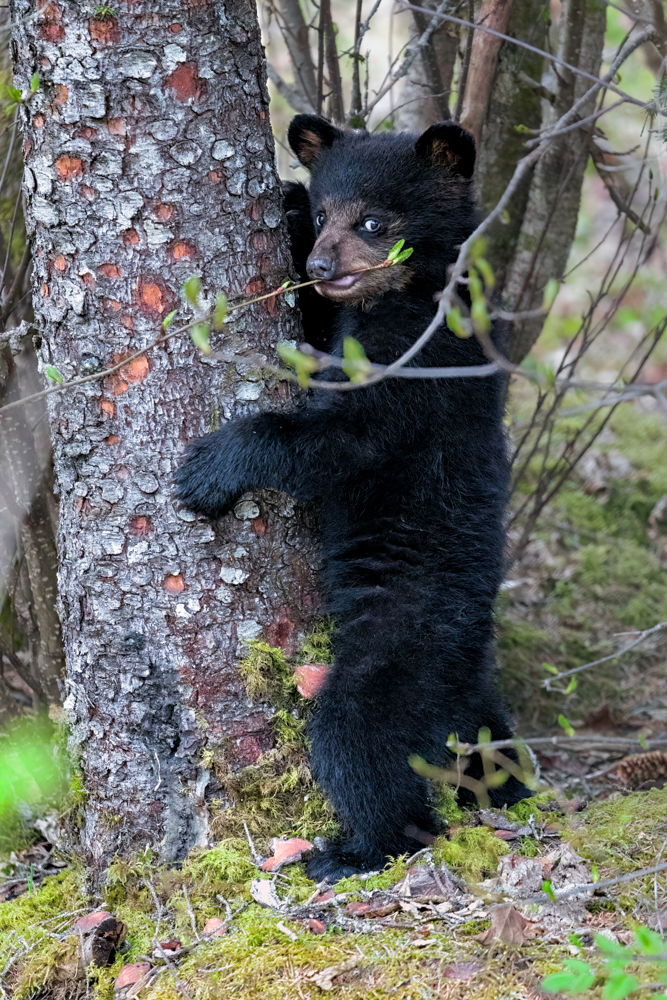
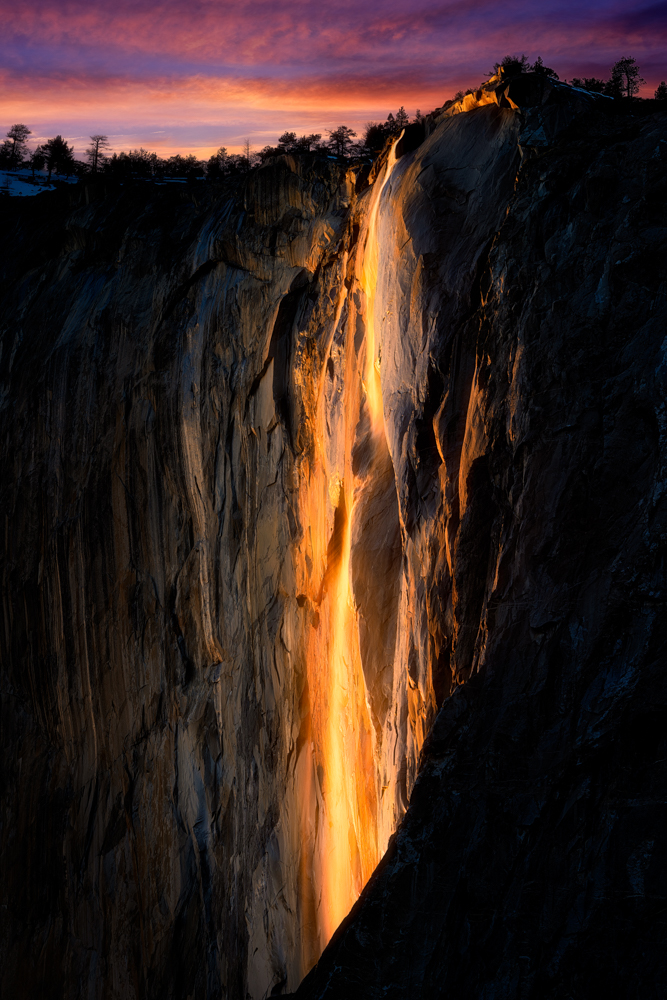
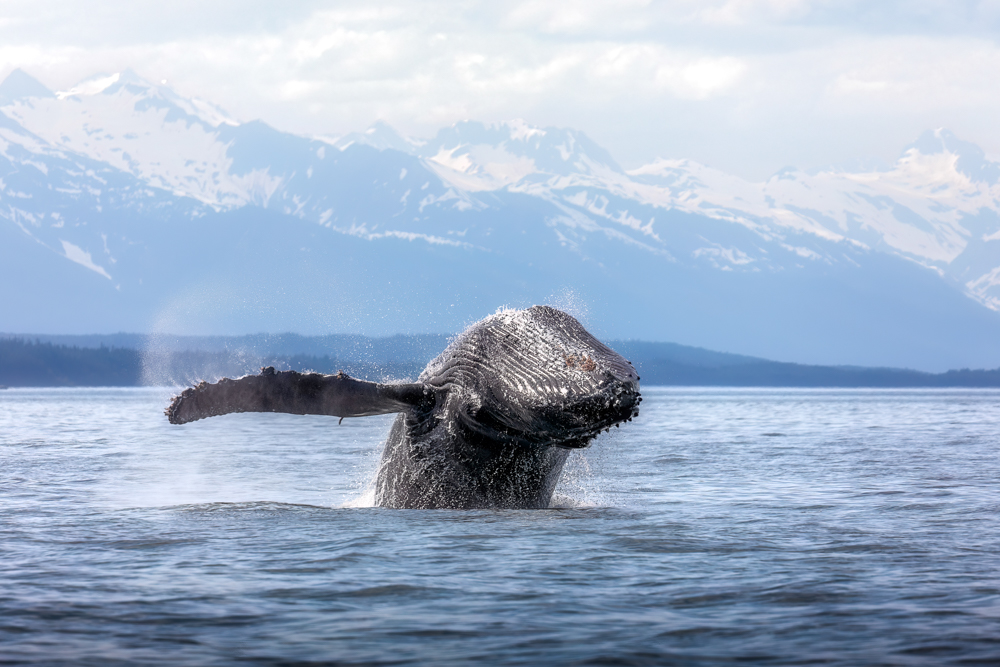
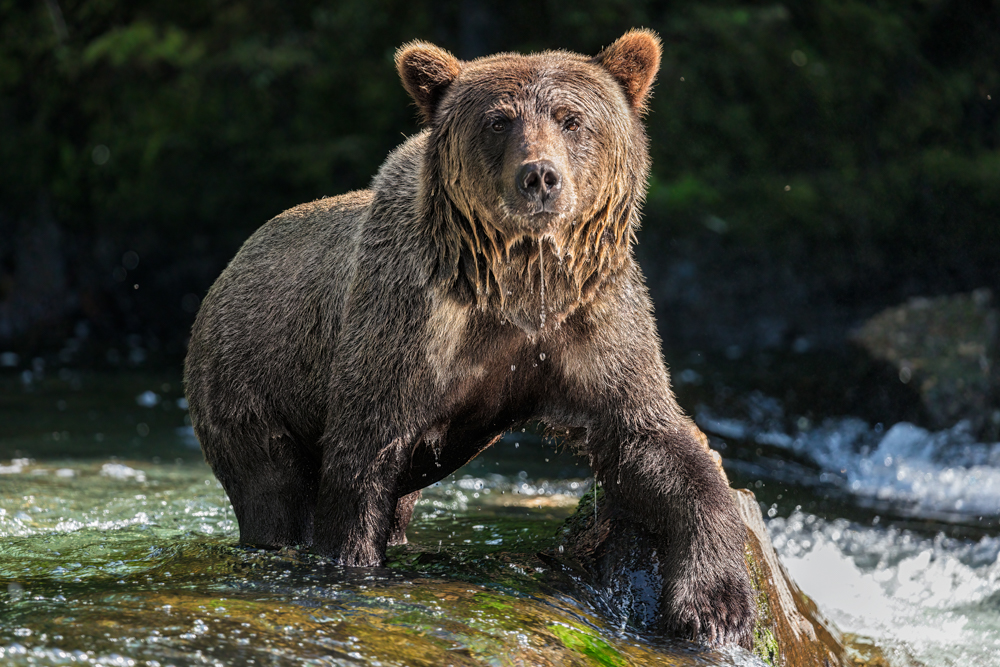
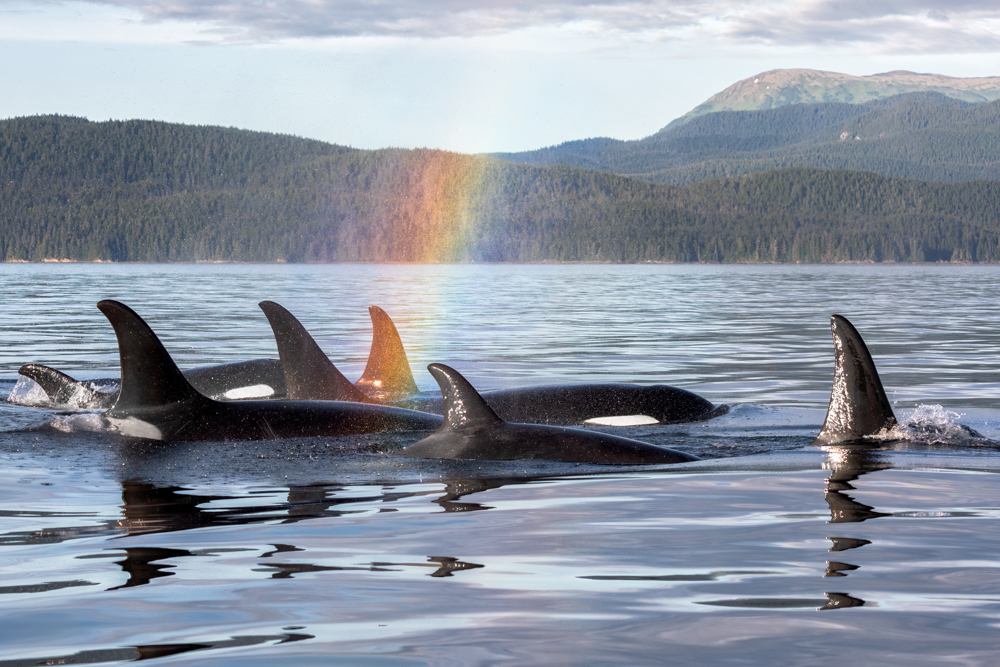
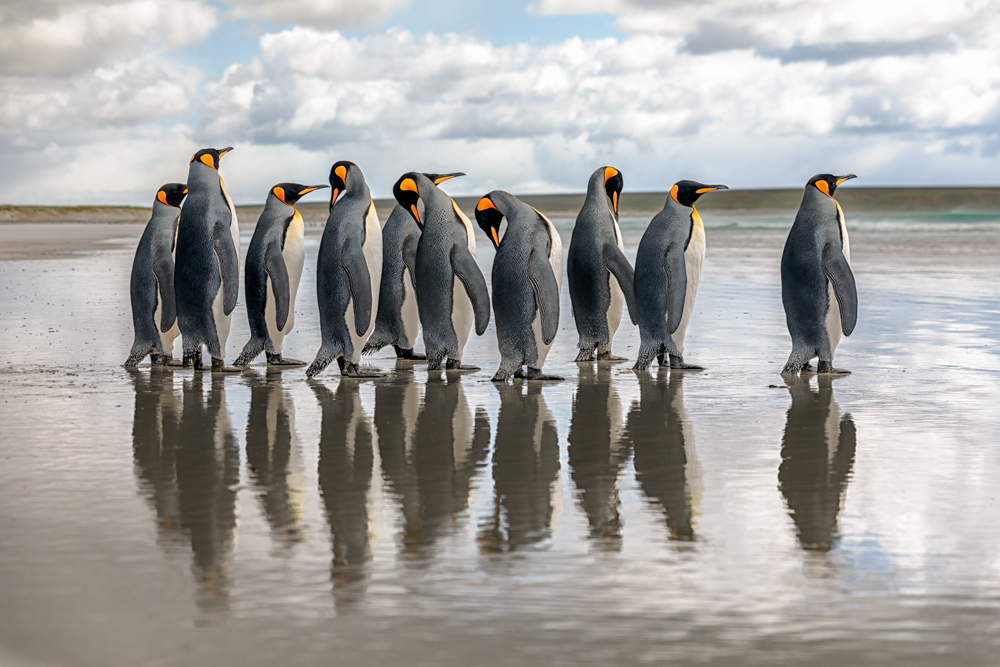
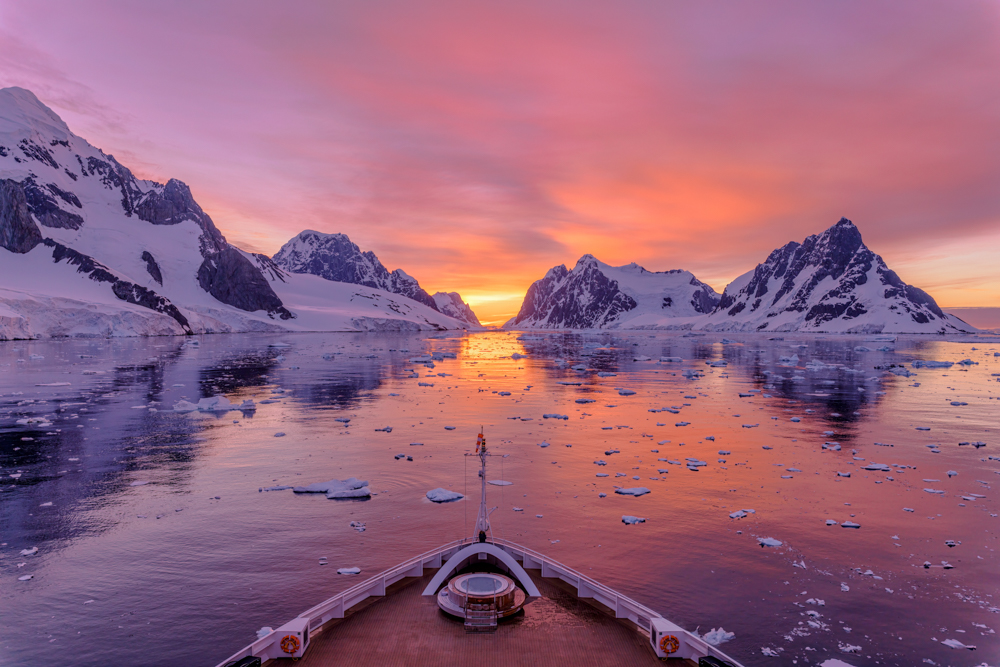
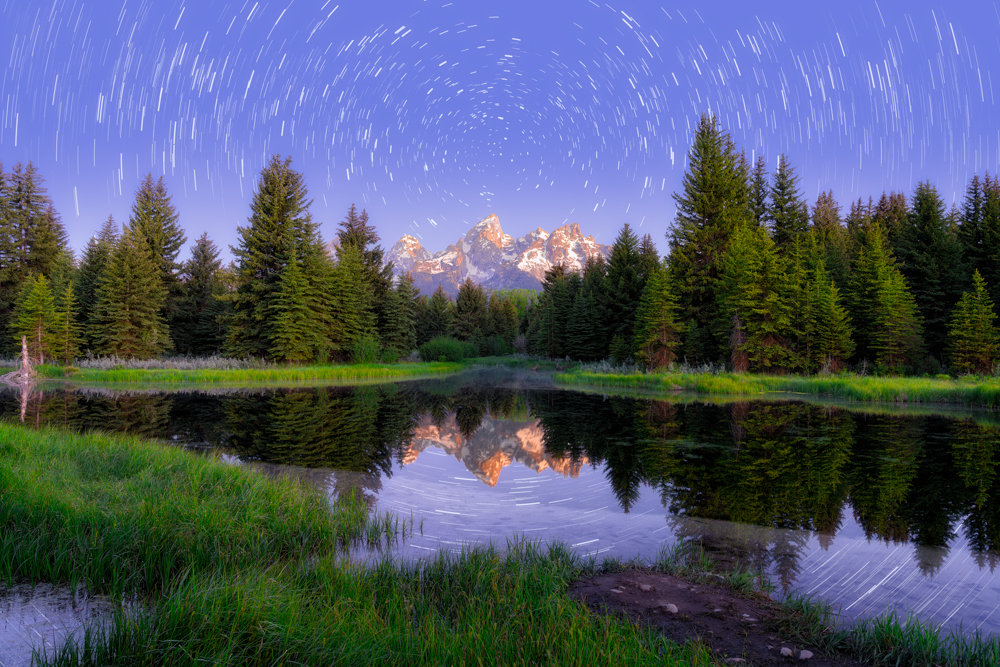
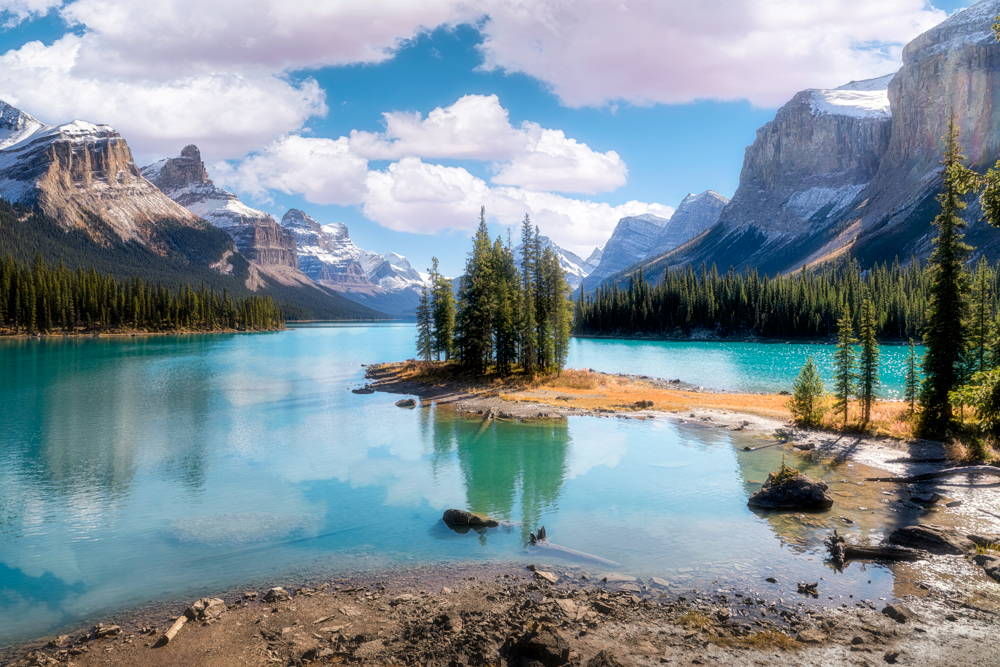

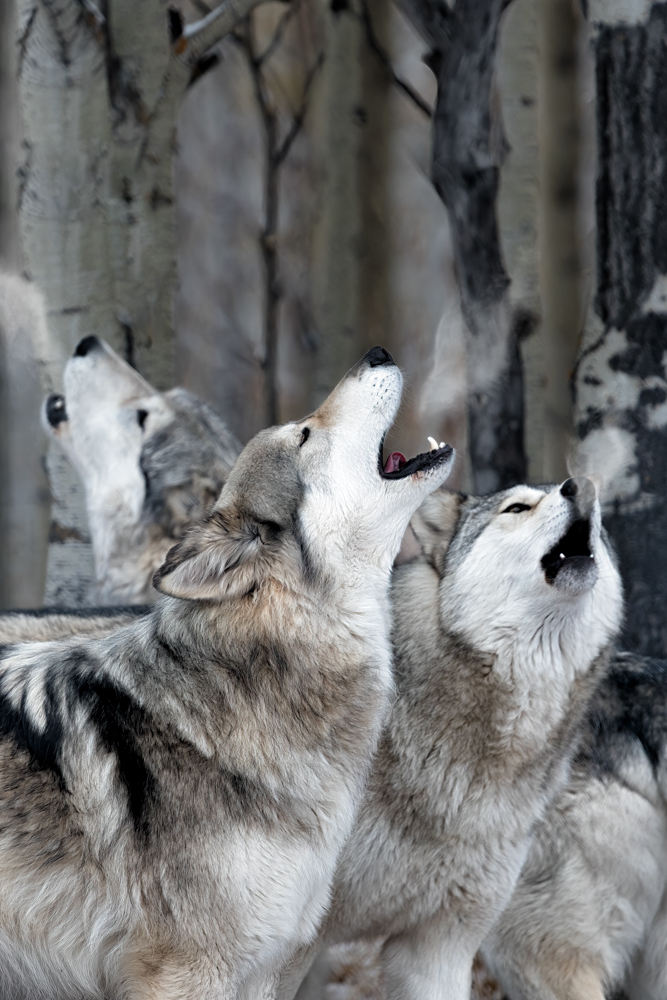
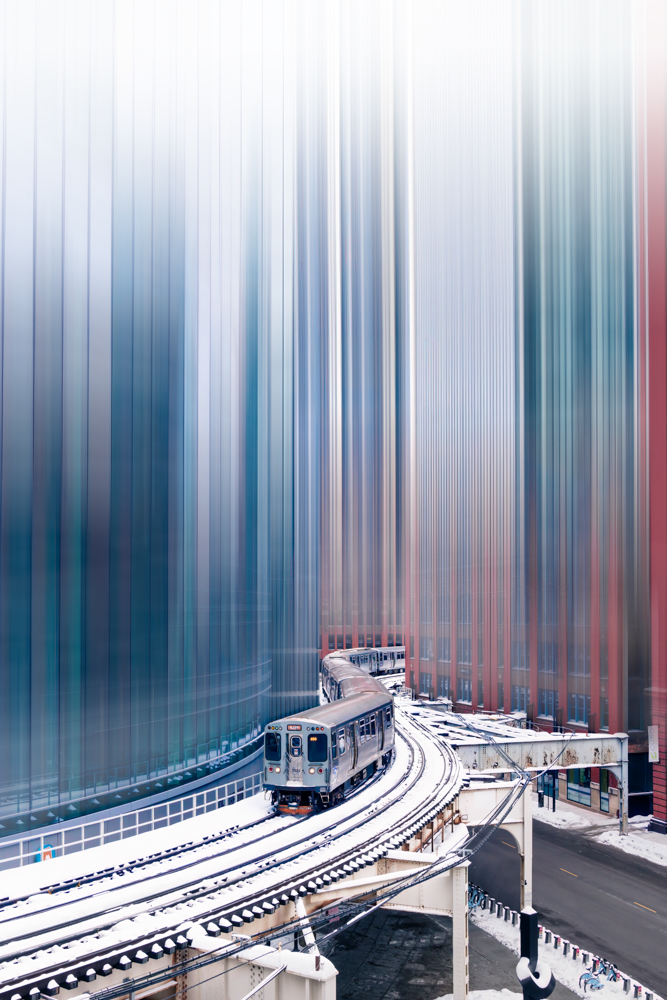
Image Credits
Brian Doyle
so if you or someone you know deserves recognition please let us know here.

